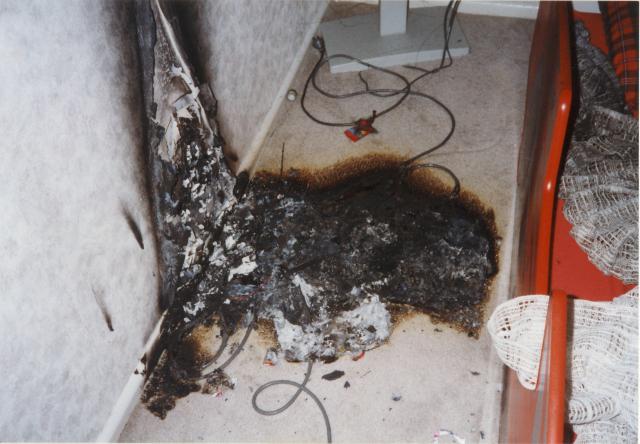New data has revealed bus users are concerned about services in Melbourne’s west with poor frequency, lack of services and inadequate bus stops among the leading issues.
More than 550 feedback submissions from across the state were collected by the Friends of the Earth Melbourne Better Buses Victoria Survey.
Of these submissions, 40 per cent of entries have been logged across western suburbs, including in Sunshine, St Albans and Melton.
Half of all respondents across Victoria felt their bus routes had ‘poor’ or ‘very poor’ service frequency.
All in all, the state scored an average of 1.1 rating for bus frequency out of five.
One respondent from Sunshine stated: “Buses are incredibly infrequent and poorly connected to trains, especially at night.
“There are times I could walk home faster from the train station (30+ mins) than wait for the next bus but is unsafe, so I call a taxi or Uber.”
Sustainable cities co-ordinator Laura Sykes said this sentiment of infrastructure lagging behind the rate of population growth was another trend identified in the data.
“The other common finding was that many bus routes had poor or no connections to major hubs like shopping centres, education, employment and other key community services,” Ms Sykes said.
“Therefore community members were disadvantaged with their access to key services due to the infrequent and disconnected nature of bus services in their areas.”
Ms Sykes hopes to see the state government apply these findings as they plan Victoria’s public transport future.
“A practical solution is for smaller, more frequent shuttle buses to run on the arterial roads to estates where bigger buses can’t fit, and that these could be 100 per cent electric shuttle buses,” she said.
“It was great to hear last week that the first electric bus depot will be in Sunshine and the West will receive some of the first electric buses, however we know that in addition to this, improving frequency and connections of services is essential to increasing ridership and therefore reducing reliance on private cars.”







